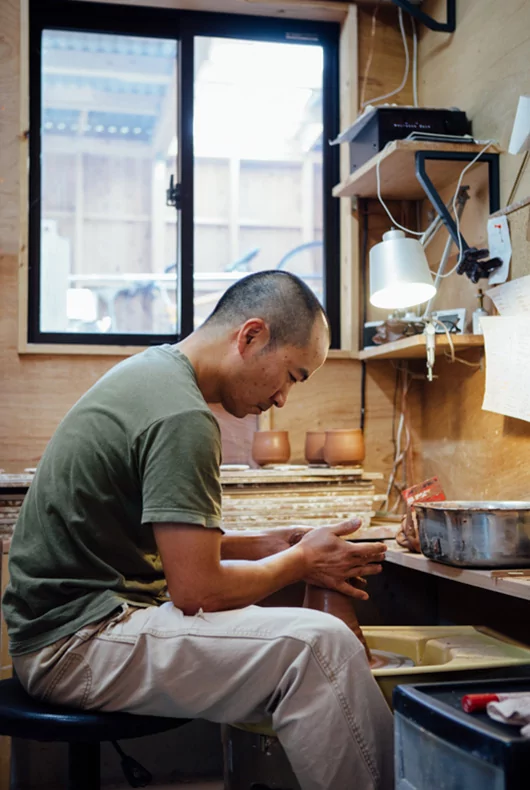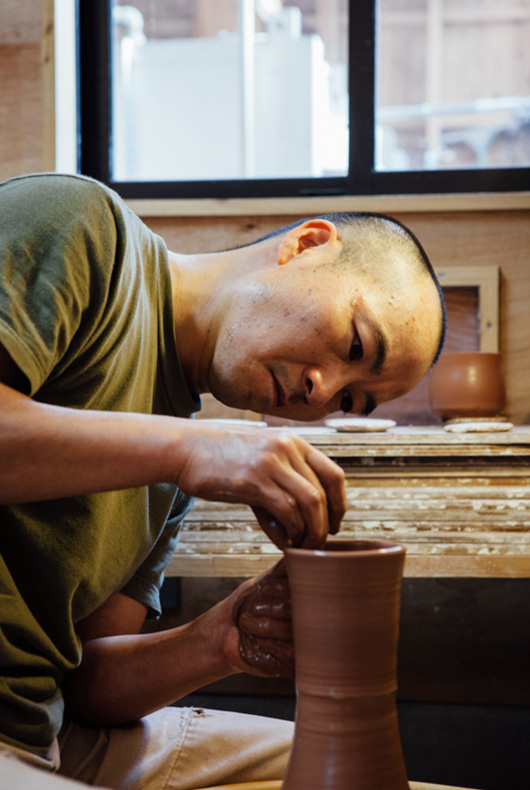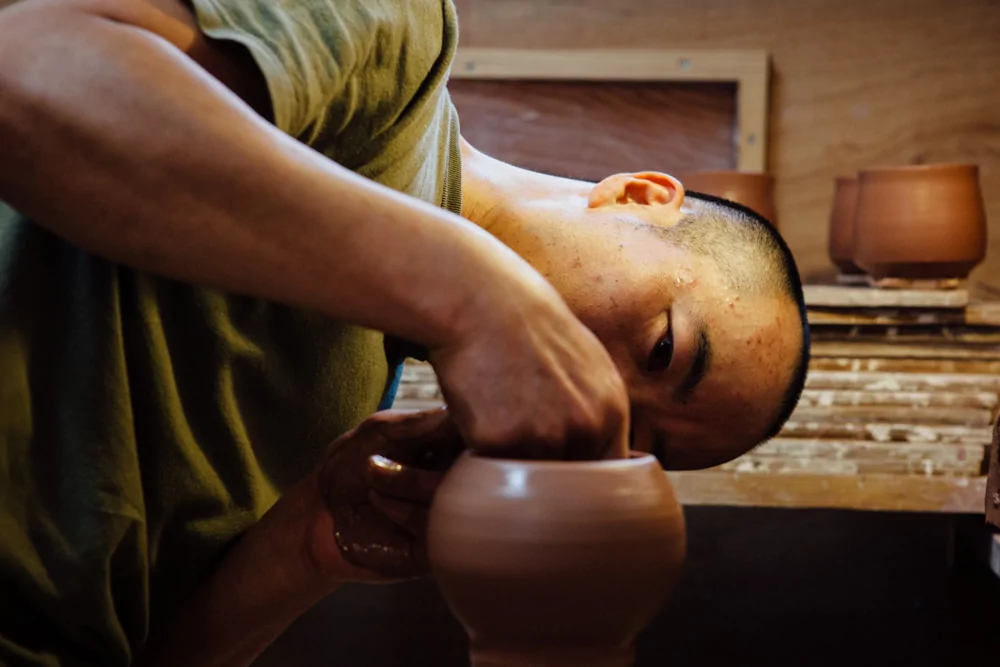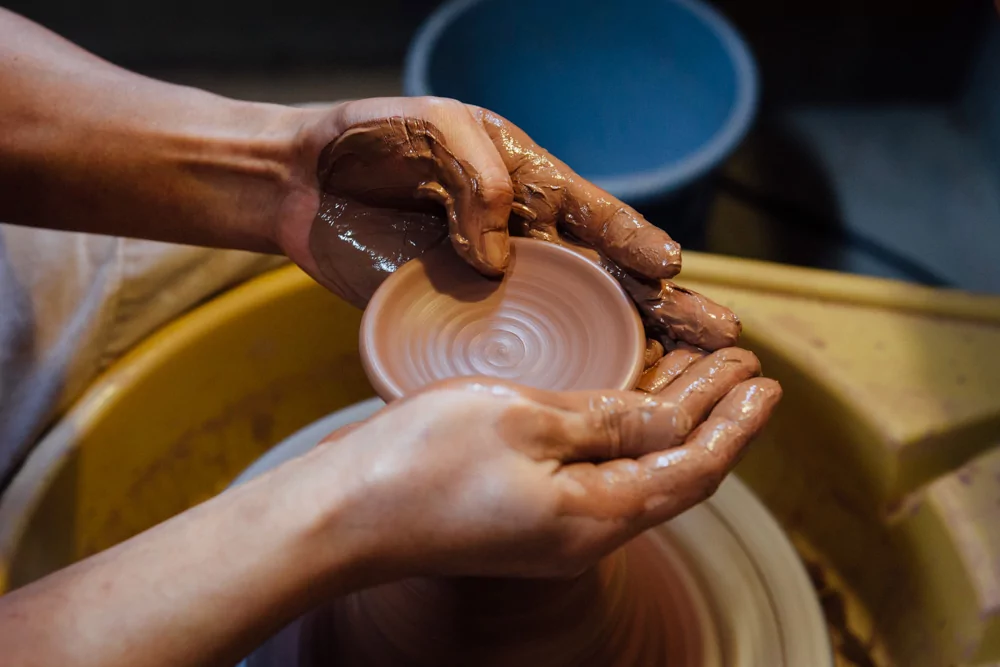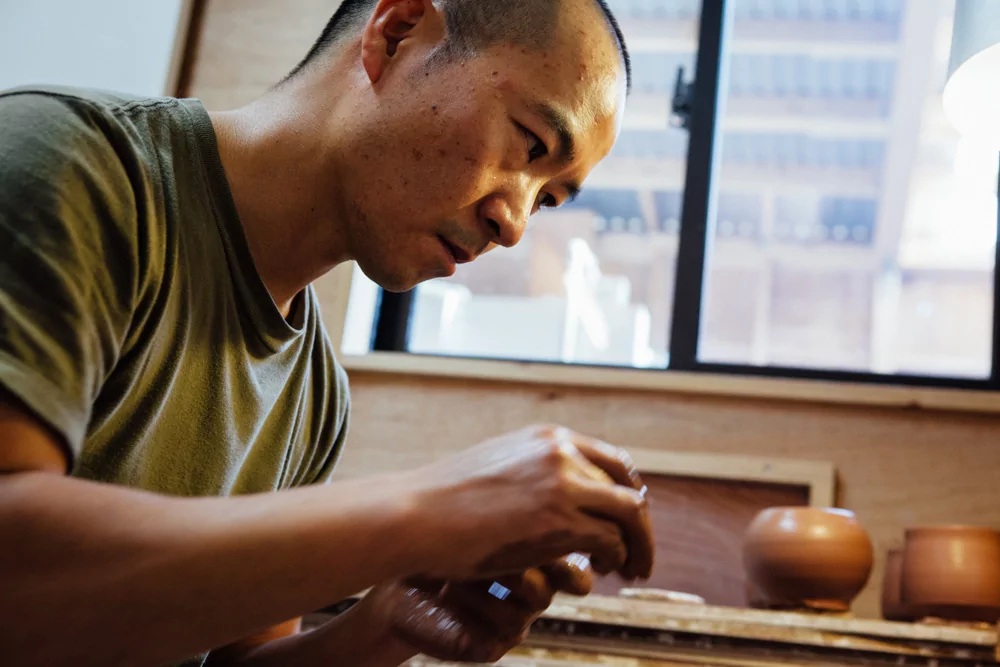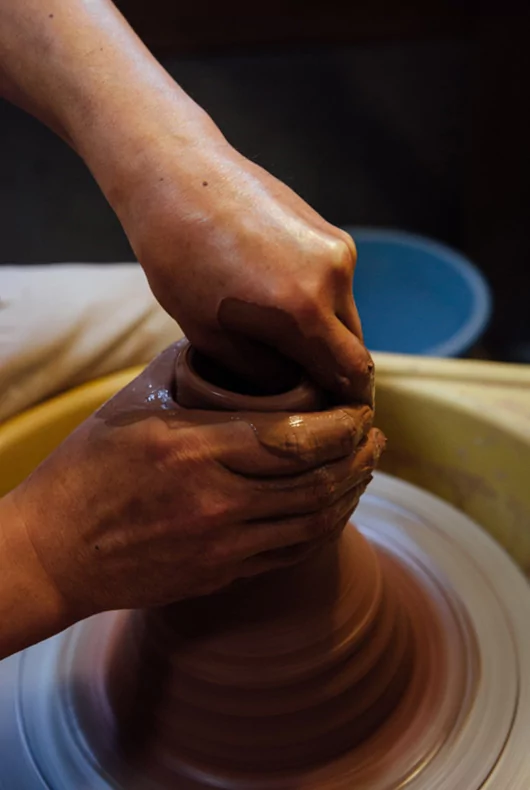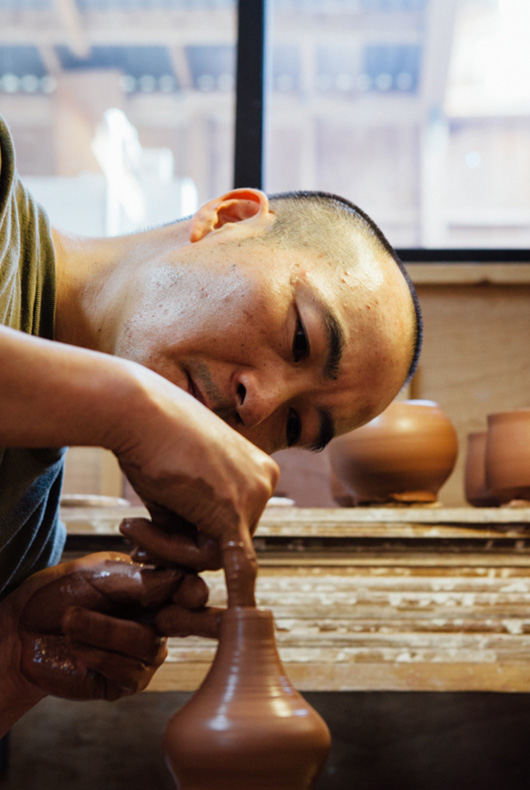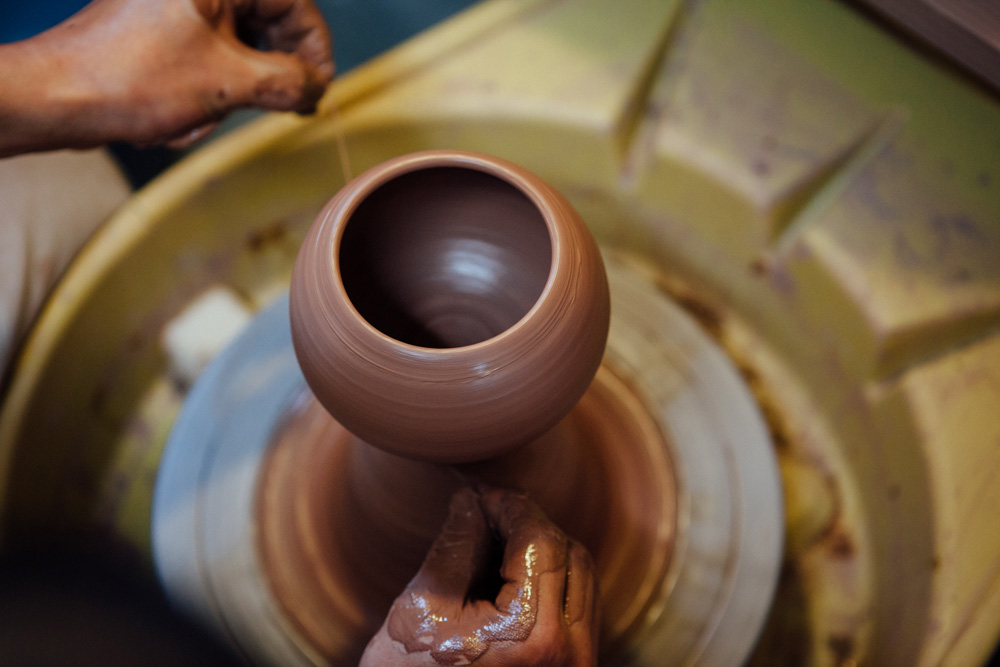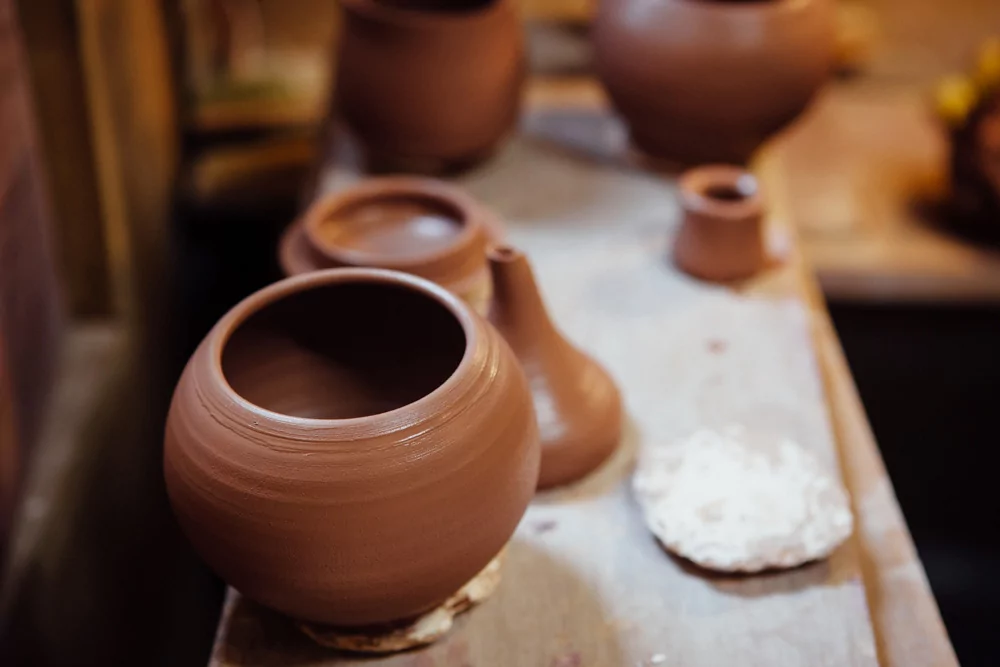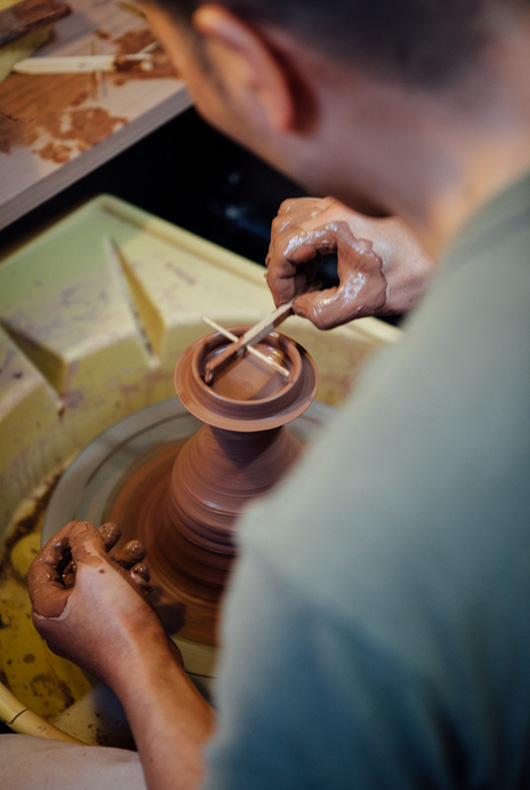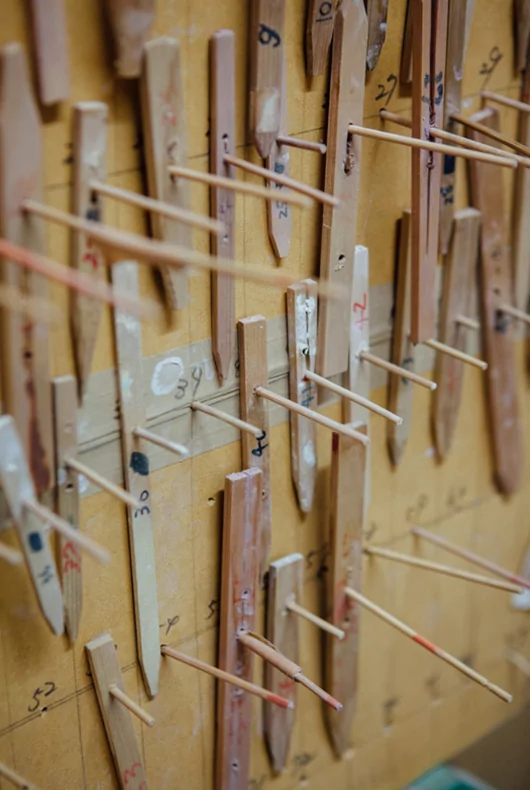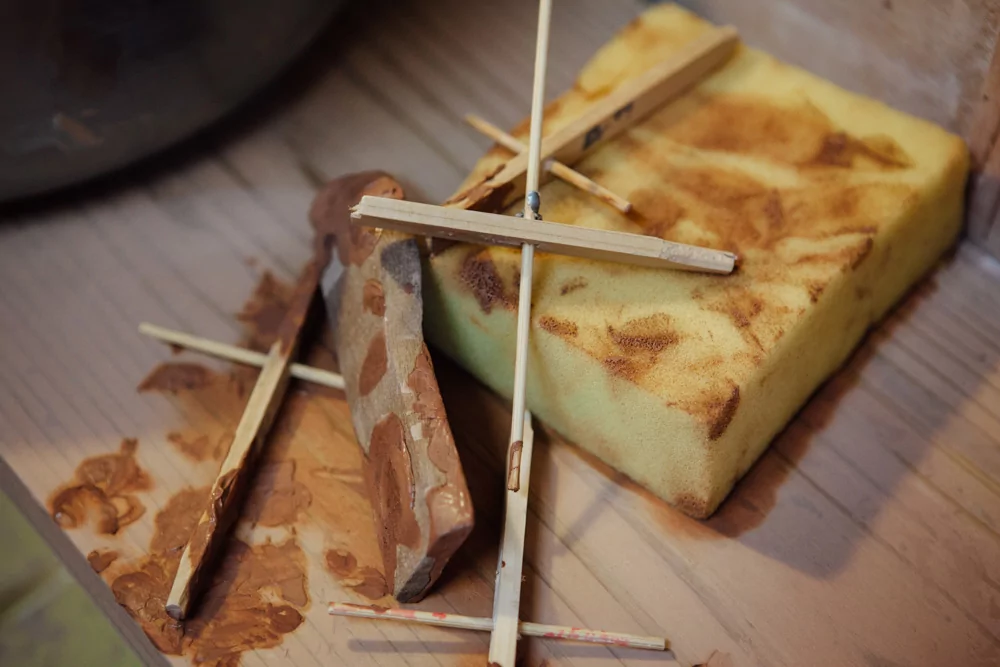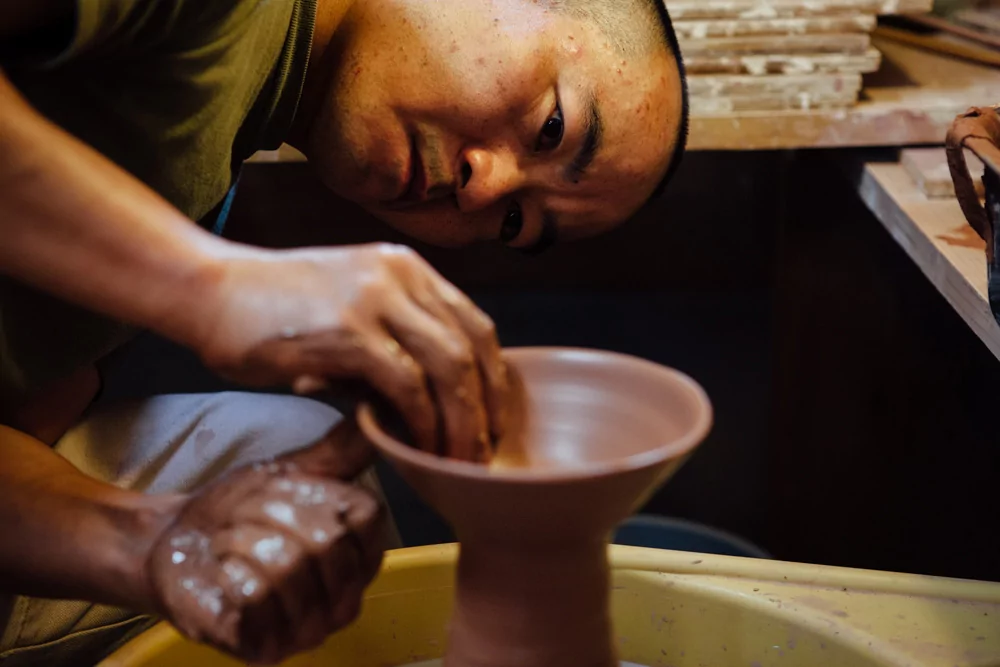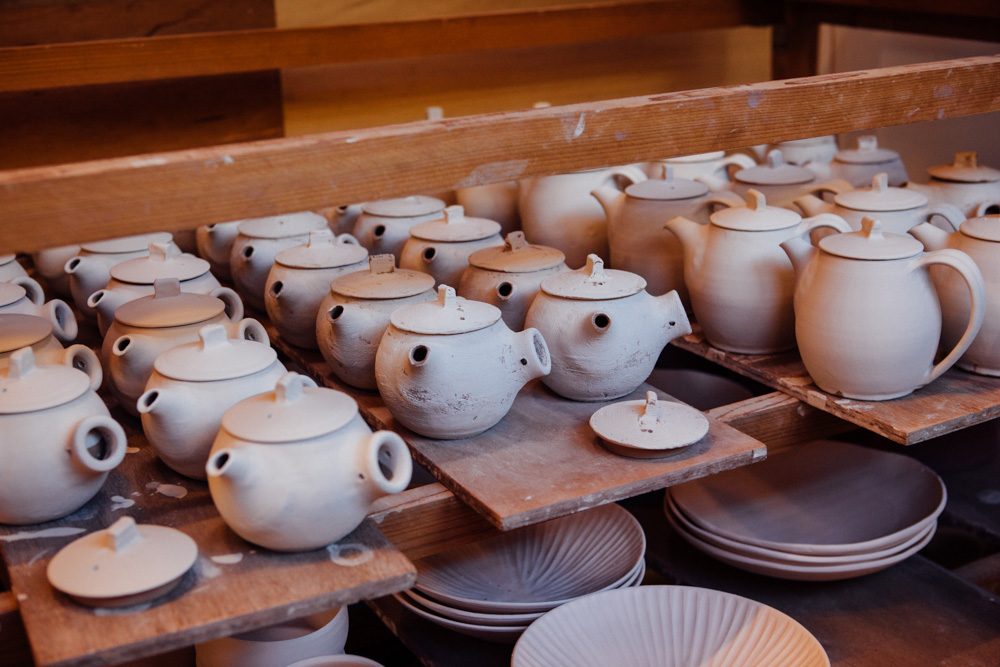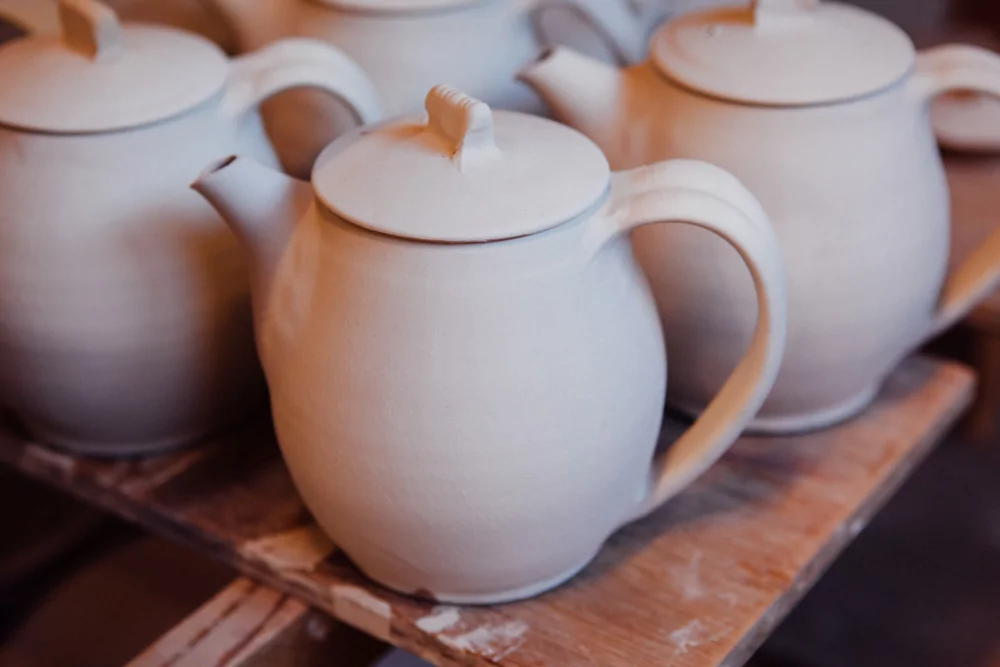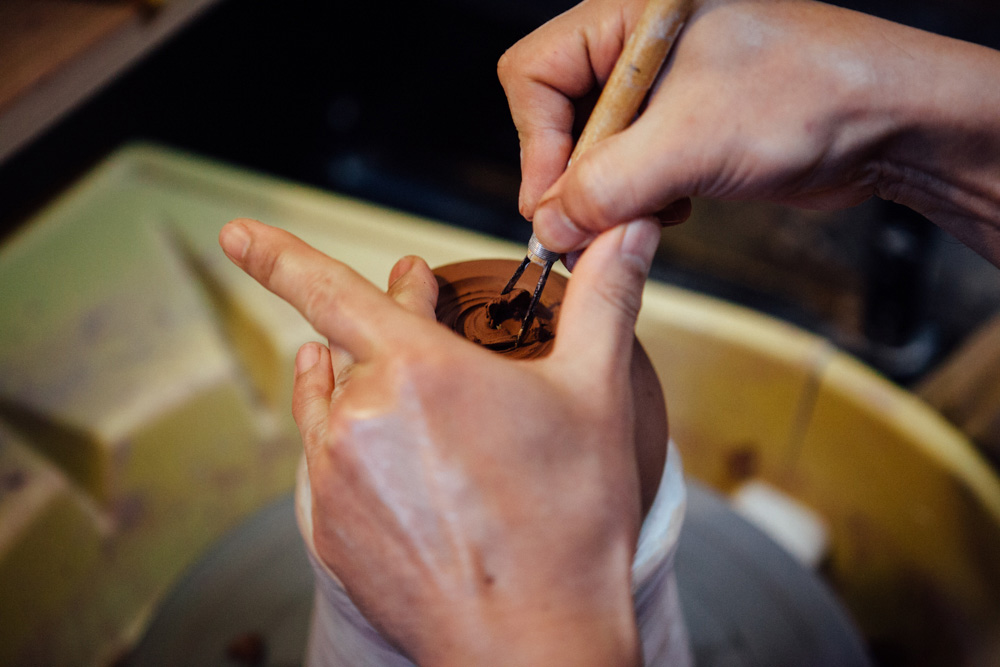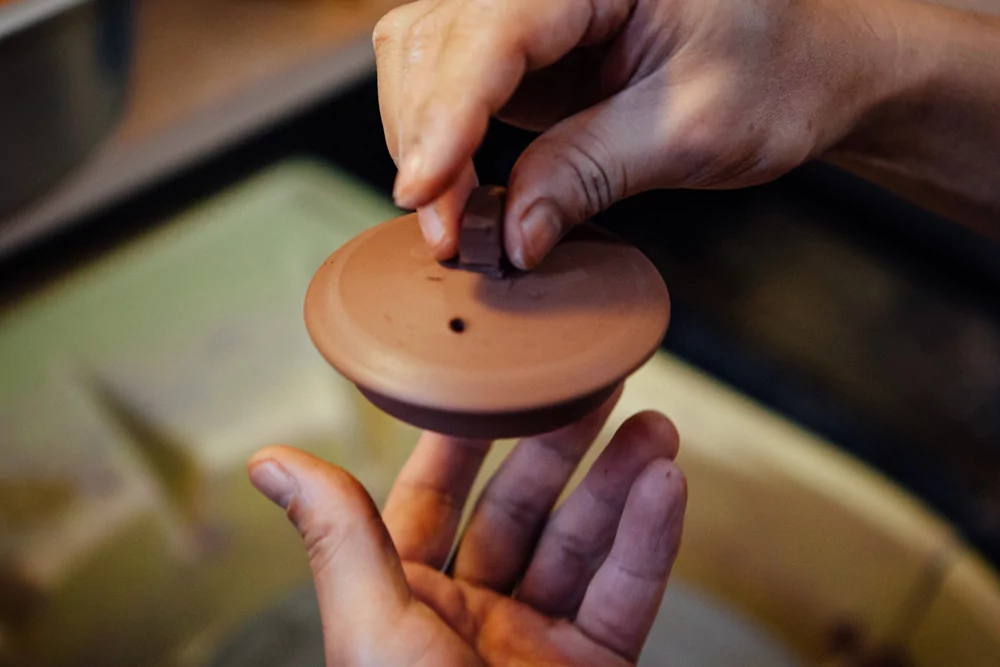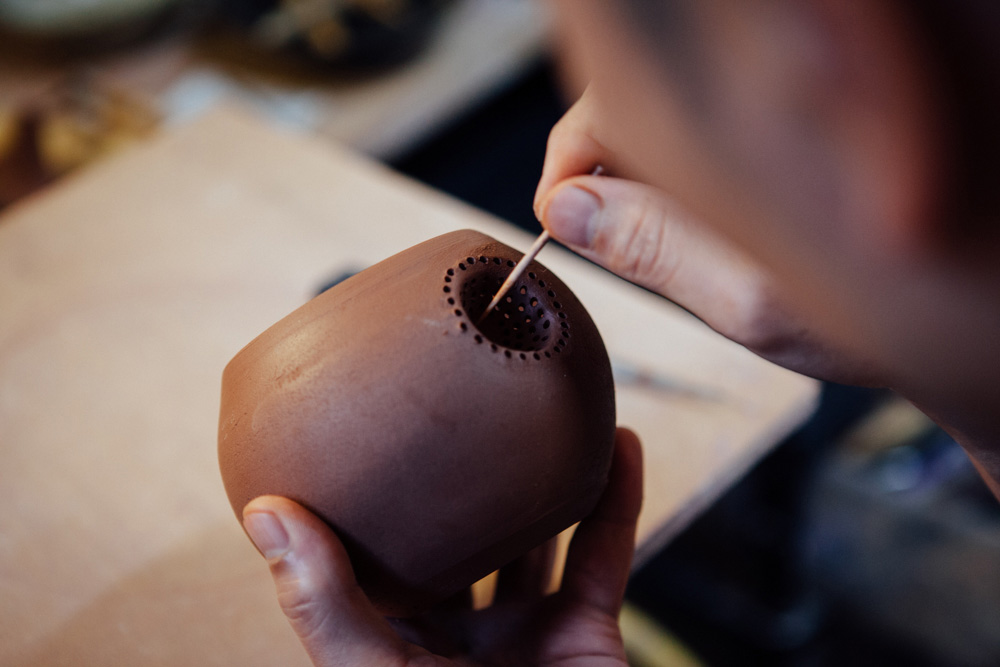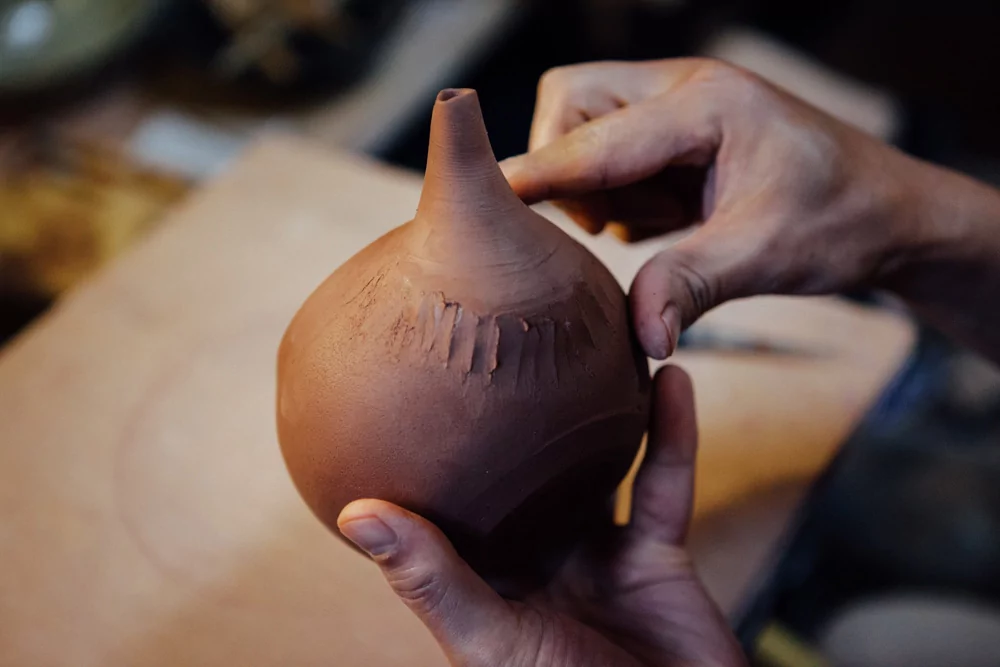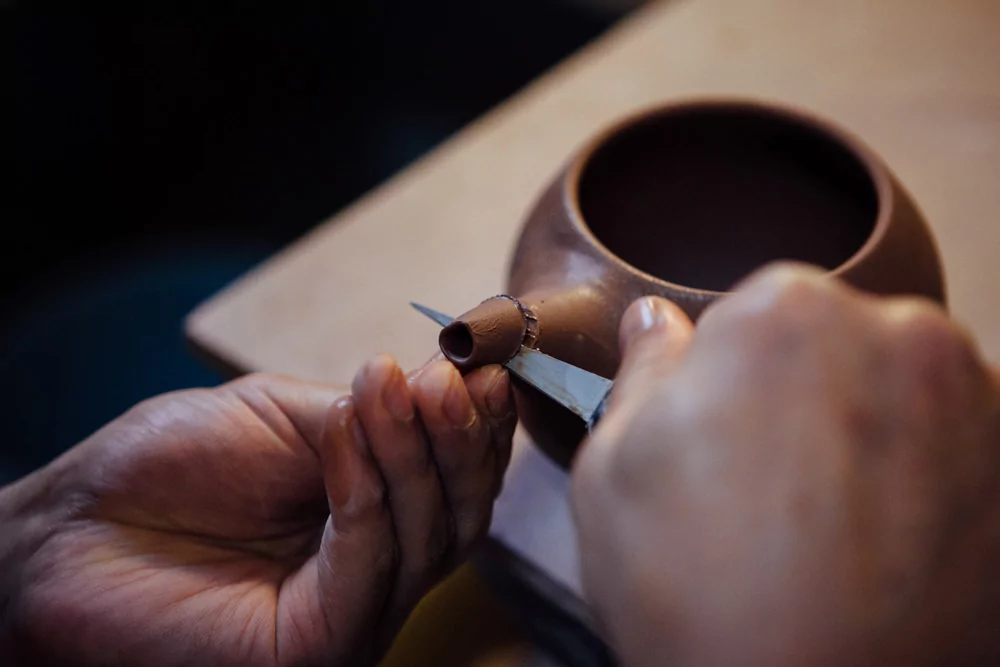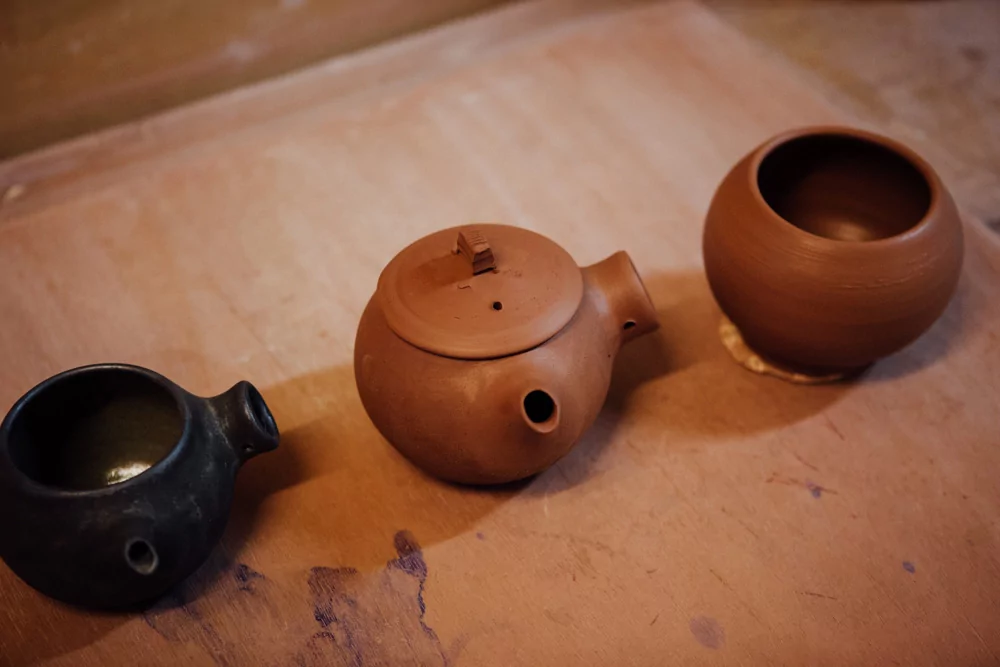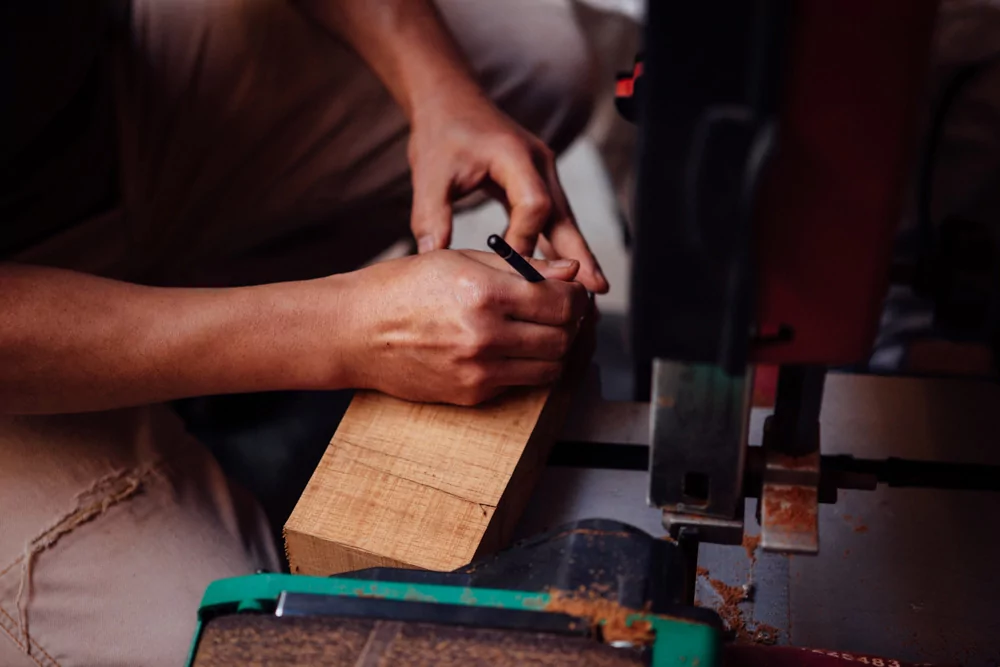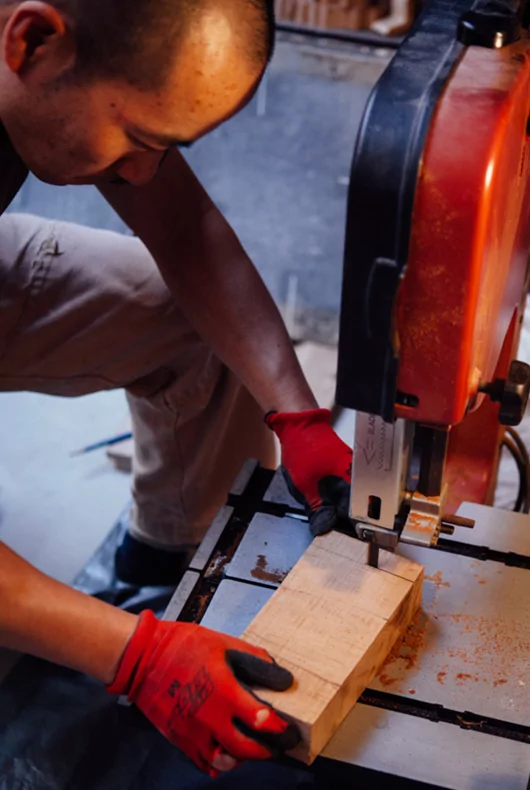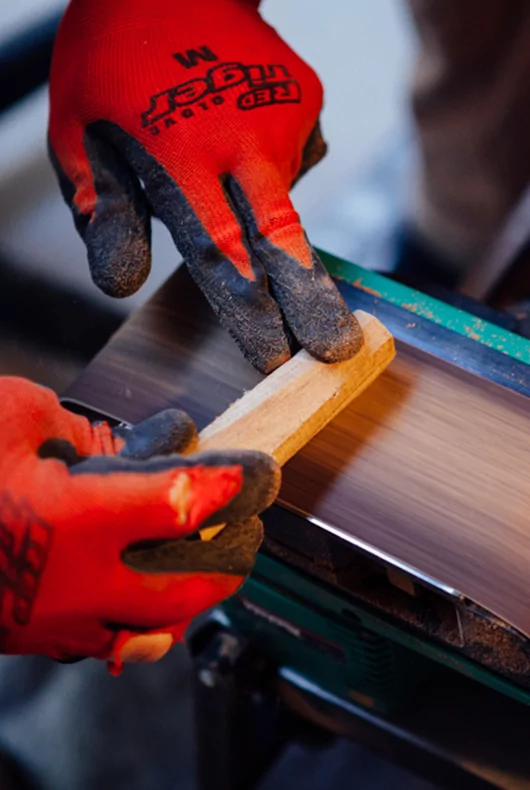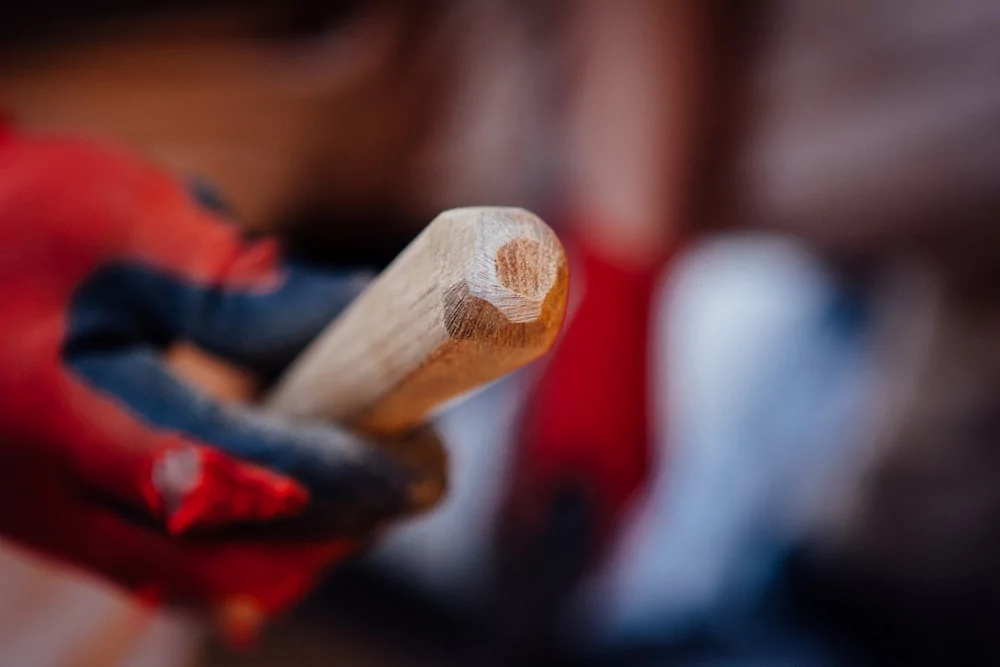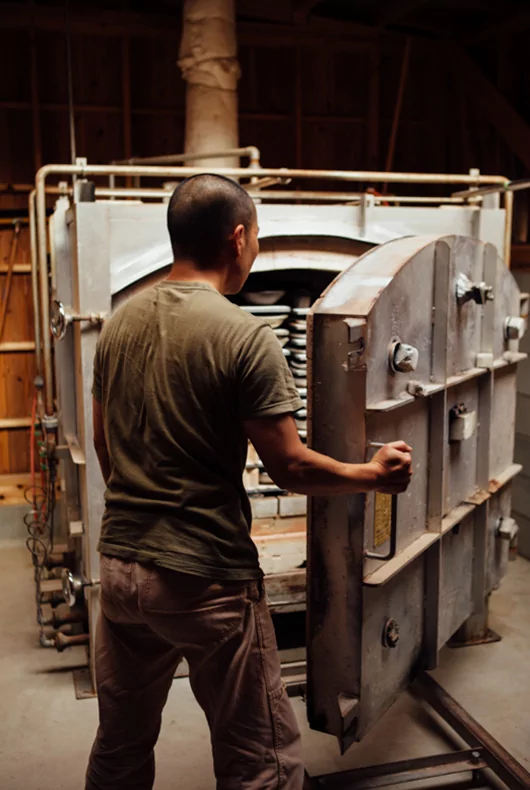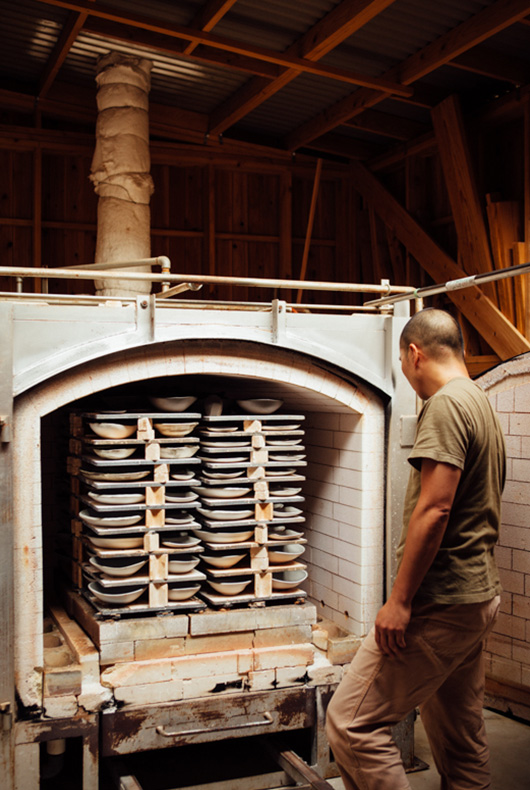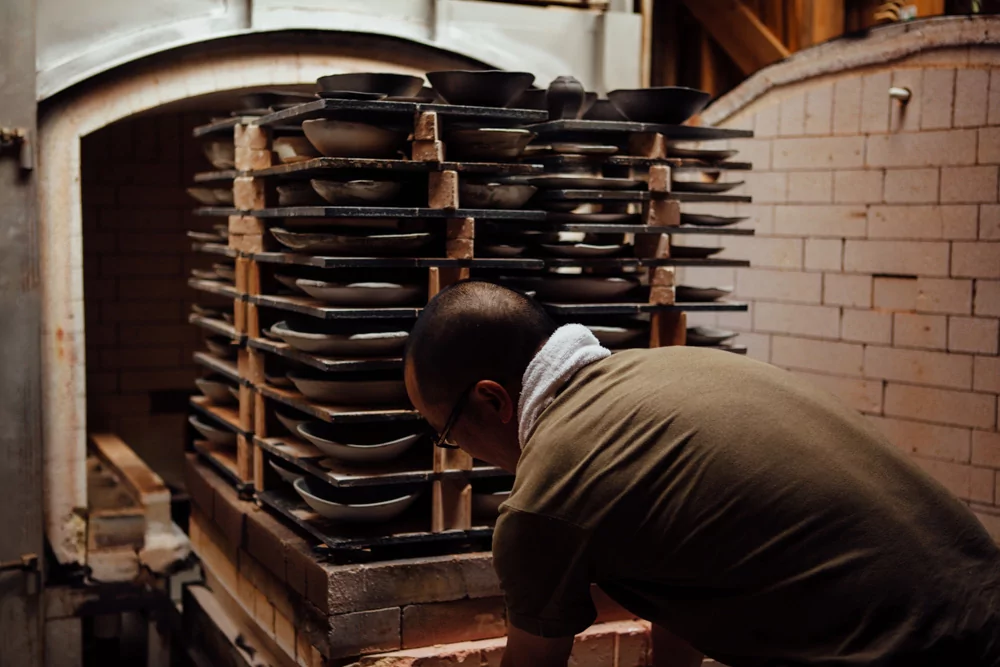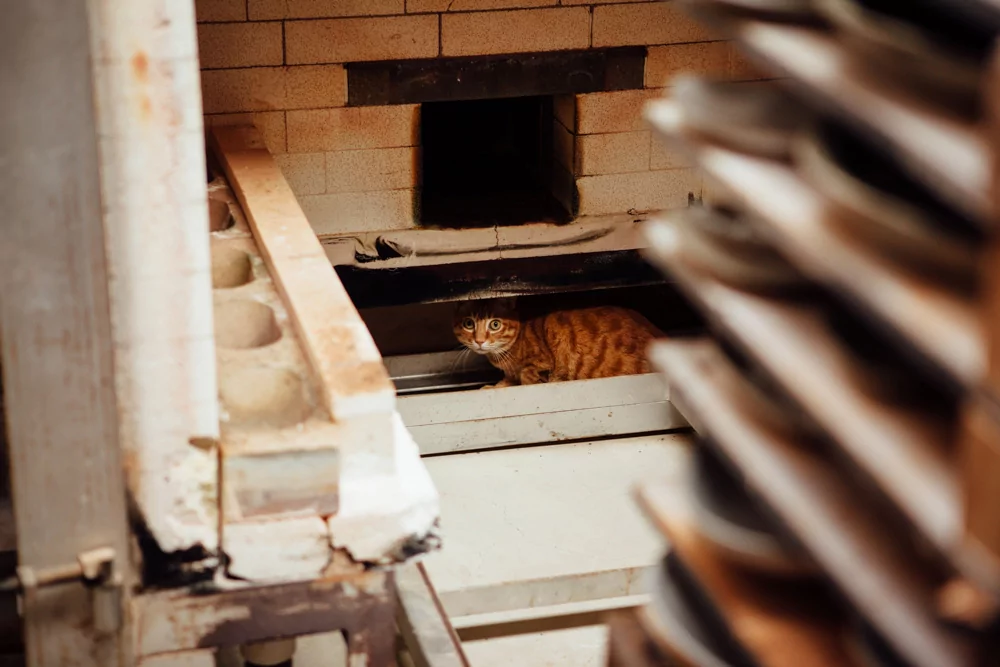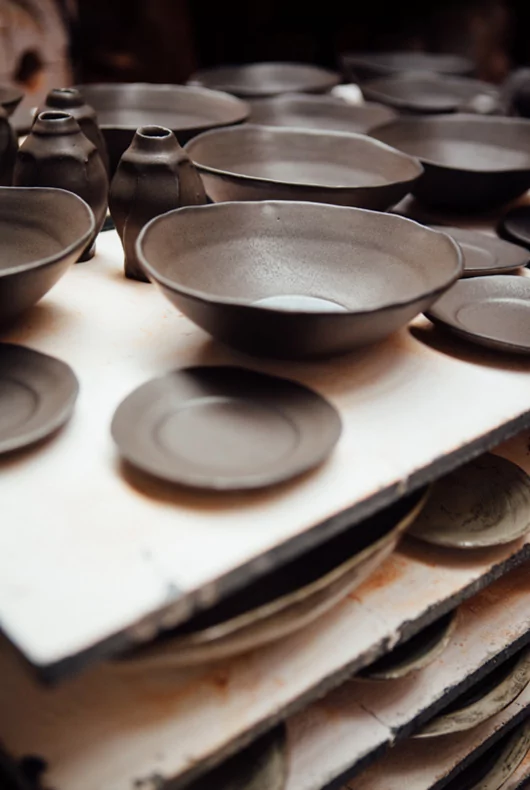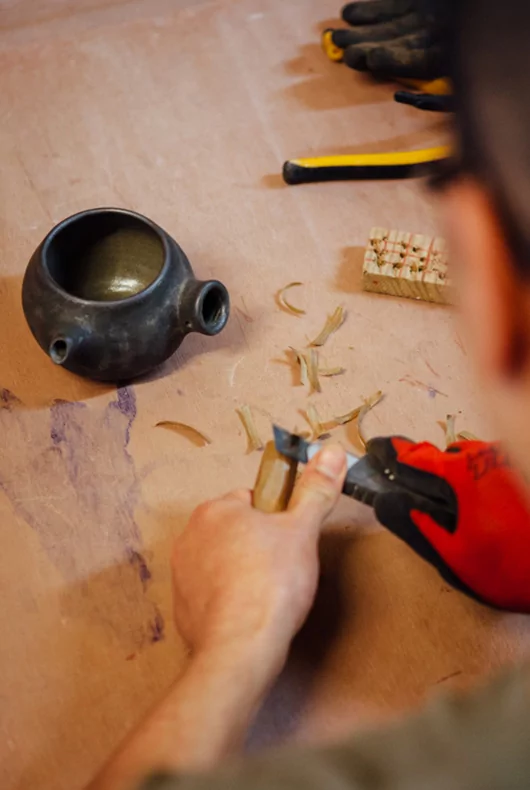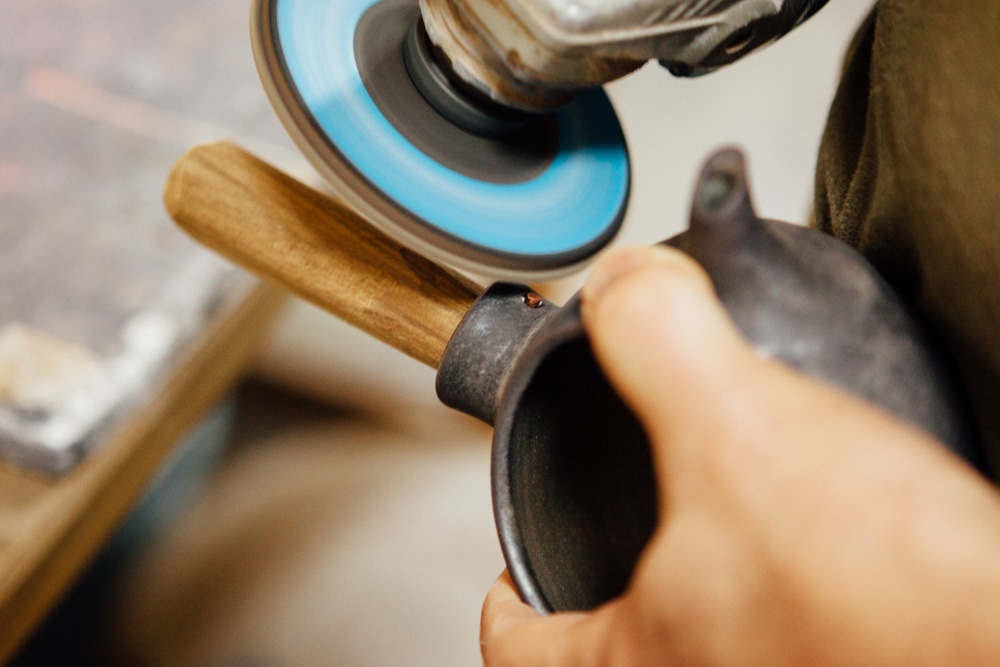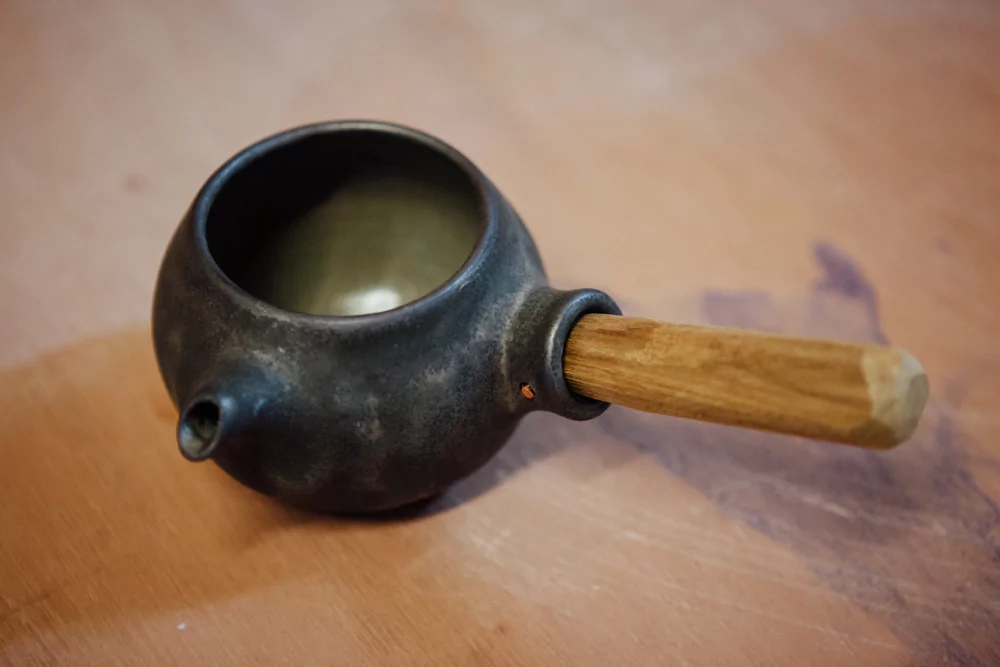Japanese Potter Katsufumi Baba

ABOUT KATSUFUMI BABA
Katsufumi Baba is a Japanese potter who resides in Kurume, a city in Fukuoka Prefecture. After majoring in law he decided to follow his real passion and become a full-time potter.
In 1995 he travelled to France and went through Europe for two years to see and learn from European potters. On his return to Japan he spent two years as an apprentice to a local potter, and in 2003 set up a small studio in his home town of Kurume where he has been creating his rustic tableware ever since.
Photography: Hiromi Isikawa
DID YOU KNOW
INTRODUCTION
Katsufumi Baba is interested in creating functional beauty, items that you can use over and over for one’s entire life. Aesthetically his pottery has little decoration and are very traditional in form, using a simple colour palette of grey, black and white. It’s only when you get up-close you can see the subtle changes in the glaze that are created during the high firing of his kiln.
Our attraction to him as a potter was the simplicity in the techniques that he uses, as well as the rustic beauty found in the pieces themselves. His work always gives me a feeling of being close with nature, and an appreciation for “wholeness”, which shows Baba’s uncanny skill at balancing out the asymmetric form.
As you can see from the photos here, his works have small “imperfections” scattered throughout. Often the walls are not perfectly straight or feature little marking on the surface. But these really speak to the unpredictability of the whole process and the material itself. For me, this unpredictability should remind us that nothing lasts, nothing is finished, and nothing is perfect. It’s an ongoing process of growth and character building.
Hopefully you like Baba’s humble pots and will flick through these photos here to see inside his workshop and how he goes about making these pieces. A selection of works are available to purchase in the shop. Oh yeah, and his cute cat Tanpopo (meaning Dandelion) also features here. Can you find Tanpopo?
